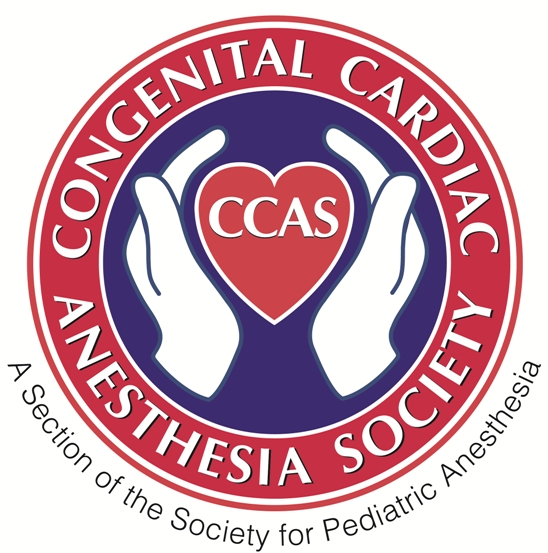Question of the Week 407
{“questions”:{“u22op”:{“id”:”u22op”,”mediaType”:”image”,”answerType”:”text”,”imageCredit”:””,”image”:””,”imageId”:””,”video”:””,”imagePlaceholder”:””,”imagePlaceholderId”:””,”title”:”Author: Michael A. Evans, MD; Ann & Robert H. Lurie Children\u2019s Hospital of Chicago, Northwestern Feinberg School of Medicine \r\n\r\nA 25-year-old woman with a history of hypoplastic left heart syndrome status-post Fontan palliation presents at 35-weeks gestation in active labor after spontaneous rupture of membranes. Which of the following complications is MOST LIKELY to occur […]
Question of the Week 406
{“questions”:{“h76h7”:{“id”:”h76h7″,”mediaType”:”video”,”answerType”:”text”,”imageCredit”:””,”image”:””,”imageId”:””,”video”:”https:\/\/ccasociety.org\/wp-content\/uploads\/2023\/01\/PRE-REPAIR_-Mid-Esophageal-Aortic-Valve-Long-Axis.mp4″,”imagePlaceholder”:””,”imagePlaceholderId”:””,”title”:”Author: Kevin Spellman, MD and Michael A. Evans, MD; Ann & Robert H. Lurie Children\u2019s Hospital of Chicago, Northwestern Feinberg School of Medicine \r\n\r\nA 3-year-old male toddler with a history of balanced, complete atrioventricular septal defect who is status post a two-patch repair presents to the operating room for resection of a subaortic membrane. Pre- […]
Question of the Week 405
{“questions”:{“eblde”:{“id”:”eblde”,”mediaType”:”video”,”answerType”:”text”,”imageCredit”:””,”image”:””,”imageId”:””,”video”:”https:\/\/ccasociety.org\/wp-content\/uploads\/2023\/01\/Mid-Esophageal-RV-Inflow-Outflow-with-Color-MP4.mp4″,”imagePlaceholder”:””,”imagePlaceholderId”:””,”title”:”Author: Kevin Spellman, MD; Michael A. Evans, MD; Ann & Robert H. Lurie Children\u2019s Hospital of Chicago, Northwestern Feinberg School of Medicine \r\n\r\nA 5-month-old female infant with a history of congenital pulmonary valve stenosis status post transcatheter pulmonary valvuloplasty presents for surgical pulmonary valve repair due to residual stenosis with a peak gradient of 51 […]
Question of the Week 404
{“questions”:{“0cquf”:{“id”:”0cquf”,”mediaType”:”image”,”answerType”:”text”,”imageCredit”:””,”image”:””,”imageId”:””,”video”:””,”imagePlaceholder”:””,”imagePlaceholderId”:””,”title”:”Author: Michael A. Evans, MD; Ann & Robert H. Lurie Children\u2019s Hospital of Chicago, Northwestern Feinberg School of Medicine \r\n\r\nA three-year-old female toddler with severe idiopathic pulmonary arterial hypertension presents to the emergency department with two months of worsening lethargy. Routine labs demonstrate a hemoglobin of 8.2 g\/dL. Which of the following medications for the […]
Question of the Week 403
{“questions”:{“8aym9”:{“id”:”8aym9″,”mediaType”:”image”,”answerType”:”text”,”imageCredit”:””,”image”:””,”imageId”:””,”video”:””,”imagePlaceholder”:””,”imagePlaceholderId”:””,”title”:”Author: Michael A. Evans, MD; Ann & Robert H. Lurie Children\u2019s Hospital of Chicago, Northwestern Feinberg School of Medicine \r\nAn 18-year-old male adolescent with a history Hypoplastic Left Heart Syndrome palliated with a fenestrated Fontan and who is anticoagulated with rivaroxaban presents to the emergency department with vomiting and altered consciousness. Computed tomography of the […]
